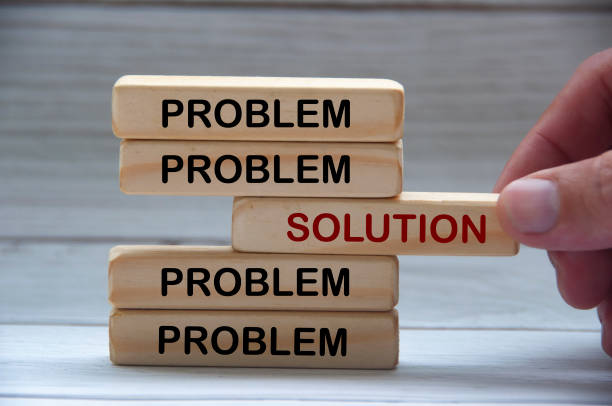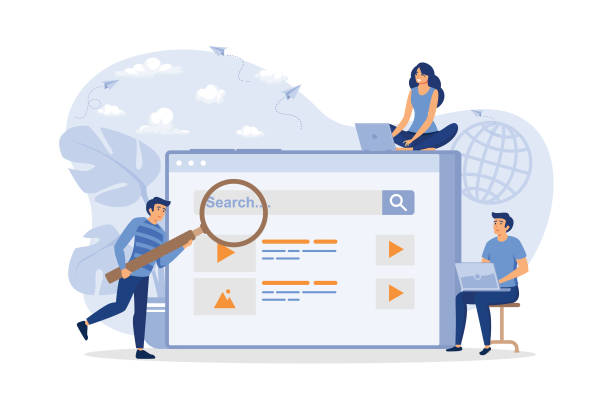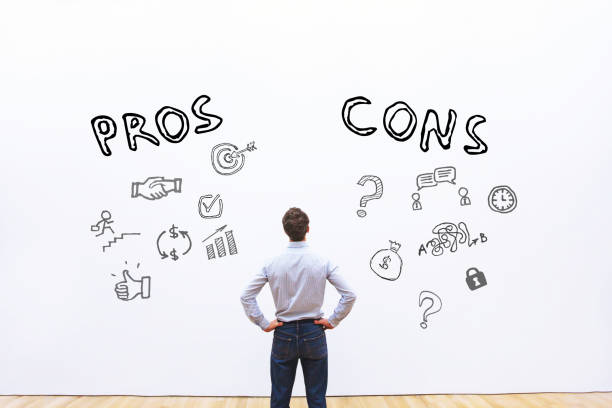INTRODUCTION
1. Define the problem:
The first step in solving any problem is to clearly define it. Take the time to understand the issue at hand and identify what is causing it. By clearly defining the problem, you can focus your efforts on finding the right solutions.
2. Gather information:
Once you have defined the problem, gather as much relevant information as possible. This might involve conducting research, analyzing data, or seeking input from others. The more information you have, the better equipped you will be to identify possible solutions.
3. Analyze the situation:
After gathering information, analyze the situation from different perspectives. Consider all the factors that might be influencing the problem and evaluate their significance. This will help you gain a deeper understanding and uncover potential solutions.
4. Generate alternative solutions:
Don't settle for the first solution that comes to mind. Instead, aim to generate multiple alternative solutions. This will broaden your thinking and increase the likelihood of finding a more effective solution.
5. Evaluate the pros and cons:
Once you have a list of alternative solutions, evaluate each one by considering their pros and cons. This will help you determine which solutions are most likely to address the problem in the most effective and efficient way.
6. Prioritize the options:
After evaluating the pros and cons, prioritize the solutions based on their feasibility, impact, and potential risks. This will enable you to focus on implementing the solutions that are most likely to yield positive results.
7. Take action:
Once you have identified the most viable solution, it's time to take action. Develop a plan, assign responsibilities, and set deadlines to ensure that the solution is implemented effectively.
8. Monitor your progress:
Regularly monitor and evaluate the progress of your chosen solution. This will help you identify any potential obstacles or deviations, allowing you to make necessary adjustments to stay on track.
9. Seek feedback and learn from failures:
Don't be afraid to seek feedback from others about your problem-solving process. Learning from others' perspectives can provide valuable insights and help you improve your skills. Additionally, view failures as opportunities for growth and learning, rather than setbacks.
10. Continuously practice problem-solving:
Like any skill, problem-solving improves with practice. Look for opportunities to practice problem-solving in your daily life, both at work and in personal situations. The more you practice, the more confident and proficient you will become.
Conclusion:
By implementing these 10 strategies into your problem-solving approach, you can enhance your problem-solving skills and become a more effective and efficient problem solver. Remember, problem-solving is a skill that can be developed and improved over time, so keep practicing and never stop learning. Good luck!
Was this post helpful? If yes then kindly share this post using the share buttons. Also feel free to drop your comment and ask questions in the comment section.
Thank you.












0 Comments